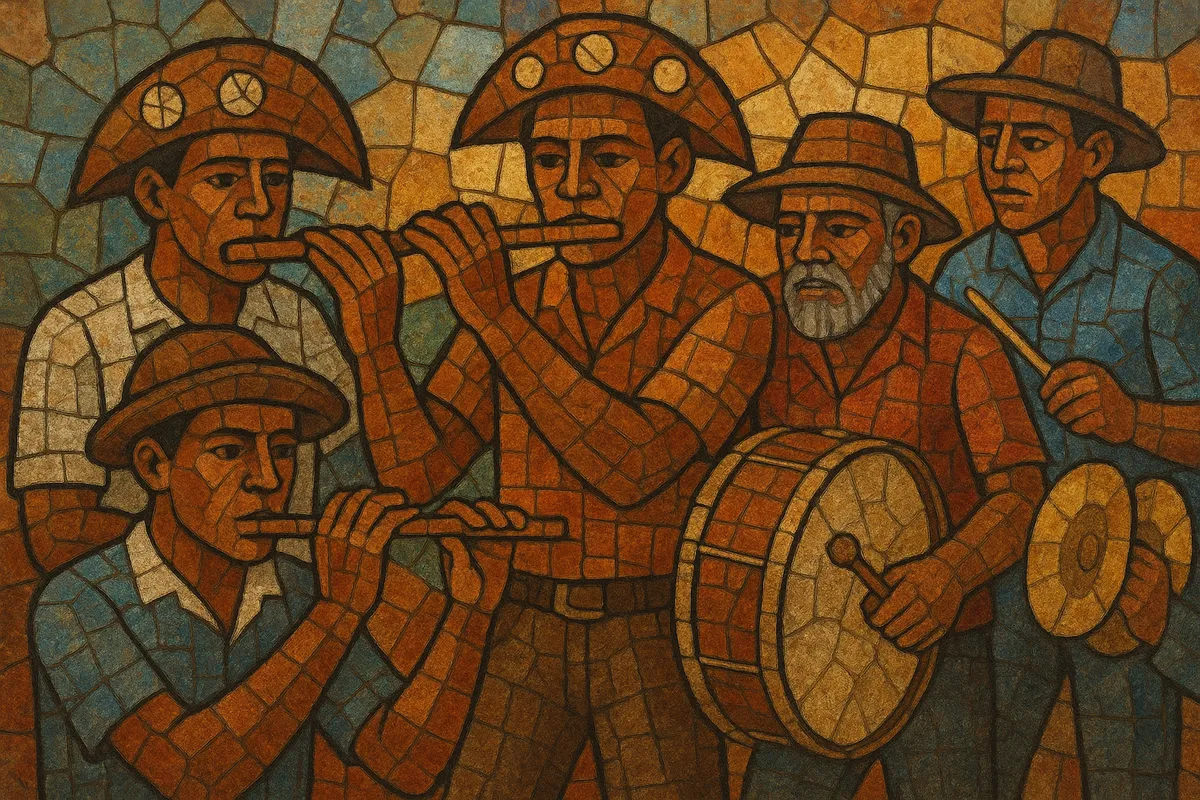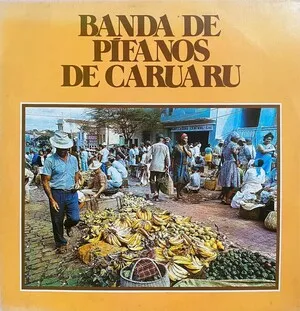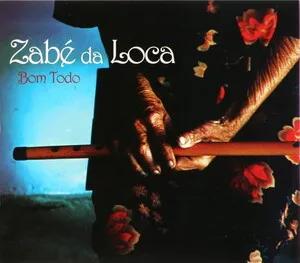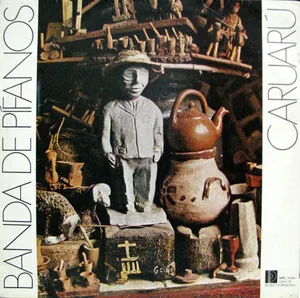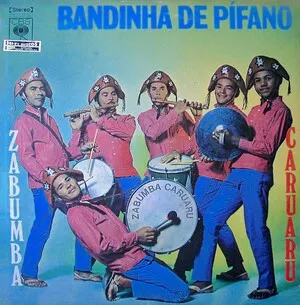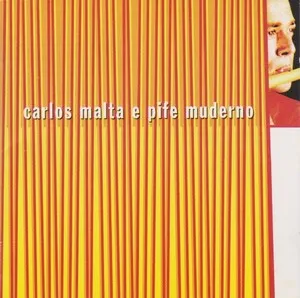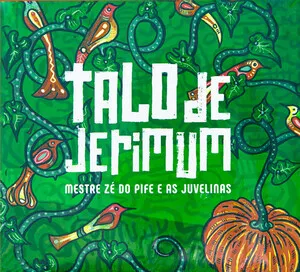Banda de pífano (also called banda cabaçal in parts of the Northeast) is a traditional Brazilian fife-and-drum ensemble from the rural Northeast, centered in states such as Pernambuco, Paraíba, Alagoas, and Ceará.
The core instrumentation features transverse wooden flutes (pífanos) paired with a small, loud drumline: zabumba (bass drum), caixa (snare), bombo, prato (cymbals), and often triângulo. Melodies are bright, modal or diatonic, frequently ornamented and played in parallel intervals by two pífanos, while the percussion drives dance rhythms like marcha, baião, arrasta-pé, xote, and coco. Ensembles perform at popular religious processions, festas juninas, pilgrimages, fairs, and community dances, filling open-air spaces with a portable, acoustic, and celebratory sound.
Banda de pífano crystallized in Brazil’s Northeast during the 19th century, blending European fife-and-drum practices (carried by colonial and military bands) with Afro-Indigenous rhythmic sensibilities and local rural festivity circuits. Portable and loud enough for outdoor use, the pairing of pífanos with zabumba and caixa made the ensemble ideal for processions, markets, and dances.
In the mid–20th century, folklorists, broadcasters, and independent labels began recording bandas de pífano, bringing groups like the Banda de Pífanos de Caruaru to national attention. Their repertoires—marchas, dobrados, and dance tunes (baião, xote, arrasta-pé)—became emblematic of Northeastern popular culture. The sound also circulated through radio programs and LP compilations devoted to música nordestina.
Today, traditional bands continue to play at festas juninas, romarias, and local celebrations, while new generations and urban musicians have formed contemporary pífano projects, expanding harmony, arrangement, and stage presentation. Cultural institutions, festivals, and educational projects help preserve flute-making craft and repertory, while collaborations with MPB and jazz artists have kept the idiom visible beyond its rural roots.

